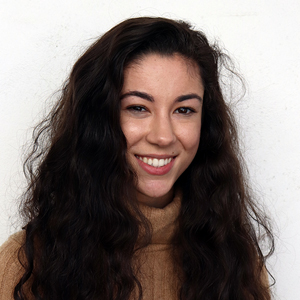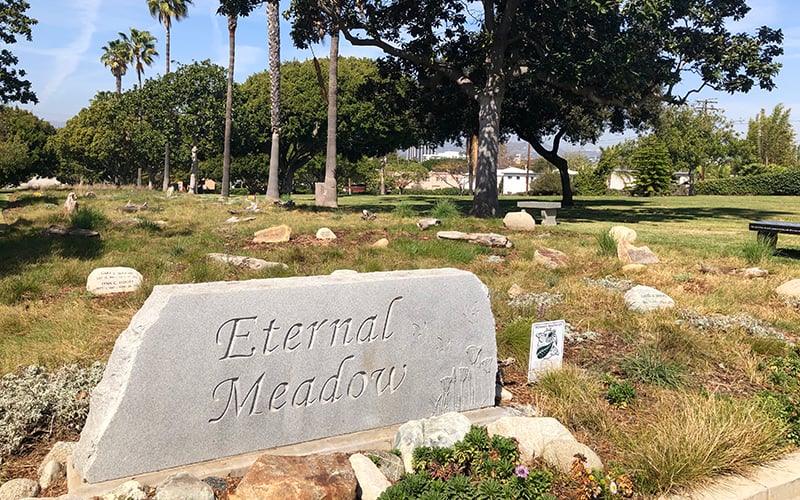LOS ANGELES – As health care workers battle a pandemic with a limited supply of personal protective equipment, the problem persists for those who bury the pandemic’s dead.
Concerned about the safety of embalmers, morticians and other death care workers, some leading health officials have issued new guidelines for green burials – where bodies are laid to rest in a way that has the smallest impact on the earth.
Major health organizations have deemed green burials safe but differ on embalming during the COVID-19 pandemic. The World Health Organization states “Embalming is not recommended to avoid excessive manipulation of the body.” However, the Centers for Disease Control and Prevention and California’s guidelines say embalming is safe with proper personal protective equipment.
Arizona has not issued a similar guide, but a state trade association recommends implementing best practices from other states, noting, “It is up to each establishment to create their own protocol when dealing with COVID-19.” The Arizona Department for Health Services did not respond to a request for comment.
It’s standard for workers to use personal protective equipment when handling bodies, even prior to COVID-19, said Lee Webster, education president of the Green Burial Council, a trade association that represents green funeral businesses.
“The most dangerous thing you could do right now is embalm that body,” Webster said, referring to the process of removing bodily fluids and replacing them with chemical solutions for the purpose of preservation. Forgoing embalming is a key characteristic that sets green burials apart from traditional burials.
Last month, the Journal of Forensic and Legal Medicine issued a report highlighting the importance of masks, gloves, gowns, shields and other PPE and suggested that a forensic scientist in Thailand died after contracting COVID-19 from a dead body. A little more than a week later, the journal issued a correction, saying the report was misinterpreted and it can’t be scientifically proven that the virus was spread from the corpse.
The use of such carcinogenic chemicals as formaldehyde makes embalming a toxic and dangerous process, regardless of a pandemic, according to proponents of green burials. In a 2015 study from Harvard University, researchers found embalmers have a three times higher risk of being diagnosed with amyotrophic lateral sclerosis, or ALS, a progressive nerve disease with no known cure.
Shawn LaValleur Adame, who owns a funeral home in Long Beach, California, said sustainable services are a priority at her business, which does not offer embalming.
“It’s a very invasive procedure,” Adame said of embalming. “You’re very intimate with that case, and if it has COVID-19 and you’re removing the fluids, then there’s a higher risk for you to catch something in that setting.”
One aspect of green burials that differs from traditional burial is the body’s exposure to the natural environment. In a traditional burial, the body is enclosed in an ornate wooden casket placed in a concrete vault. In green burials, the body is placed in a biodegradable casket or shroud and buried directly in the ground, to naturally decompose and become part of the Earth.
California regulators recommend body bags as a post-COVID-19 precaution: “When lifting and moving the body, because of the possibility that air may be expelled from the body, the face of the deceased should be covered temporarily with a disposable surgical mask or cloth and the body placed in a body bag. Enclosing the deceased in a body bag also contains body fluids to prevent contact.”
Accordingly, green burials now allow the use of plastic rather than biodegradable materials.
“We’re not going to worry about a few plastic body bags,” Webster said. “They won’t decompose exactly, but they’ll fall apart.”
Cemeteries across the U.S. follow federal or local guidelines of limiting crowd sizes at funeral services. Typically, no more than 10 people may attend, and mourners must be 6 feet from each other.
Sunwest Funeral Home, Cemetery and Crematory in El Mirage, Arizona, arranges green burials but hasn’t done so during the pandemic. Staff rearranged the chapel for physically distanced funerals. It has only 10 chairs – all 6 feet apart, according to Yvette Gutierrez, a cemetery arranger.
“You kind of go in there and you’re like, ‘Oh my God, is it under construction?’ because it doesn’t look nice, but we’re doing the best we can to be safe,” she said.
The funeral home has plans to develop the second green burial garden, Gutierrez said, as all but one plot has been spoken for since Sunwest added green burials to its services in 2009.

